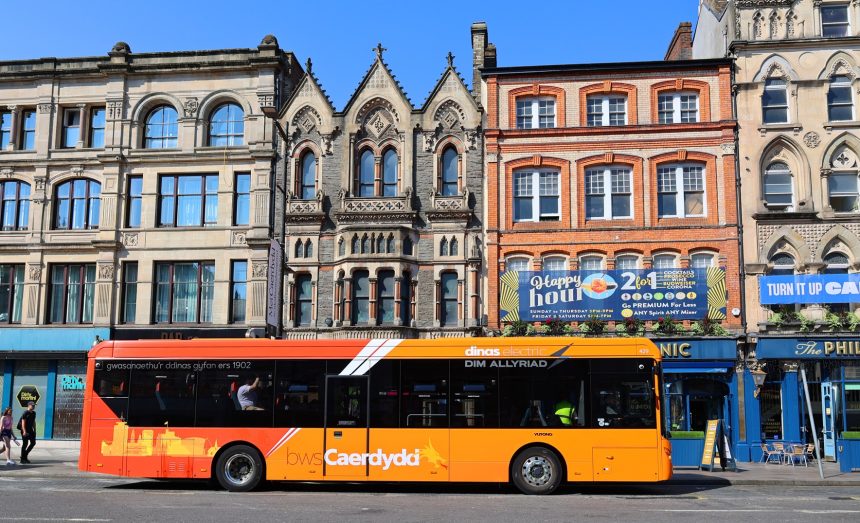Wales’ £1 bus fare for the young is to be welcomed, but we need to work to reap the maximum value from it, says CPT Cymru Director Aaron Hill
Under a scheme proposed by the Welsh Government from September, passengers aged 16-21 will be eligible for a £1 bus fare. Those aged 5-15 will benefit from an extension of the pilot in November, as part of the biggest intervention in bus fares in Wales in a generation.
The policy, which is subject to agreement with bus operators, makes Wales the third of the UK nations to make a headline-grabbing investment in fares. It follows England’s bus fare cap for people of all ages, and Scotland’s free travel scheme for young people.
As Chancellor Rachel Reeves never fails to remind us, times are tight across the board in terms of public spending. So, it is eye-catching to see bus fares gaining political priority. But what should the industry make of all this largesse towards the cost of a bus journey?
Our starting point must be that investment in fares is a positive. An attractive price point can generate growth and encourage modal shift out of cars. The English bus fare cap contributed to a 10% increase in journeys outside London last year – the biggest jump in decades – and that can only be positive for all of us who care about public transport.
Targeting investment towards younger people is also smart. As the saying goes, catch them young and watch them grow. Encouraging people to catch the bus early in life will help to build a lifelong habit and could help to dislodge the common assumption that buying a car is a rite of passage at the age of 17.
However – here comes the “but”. To make these schemes successful, and to get maximum value for taxpayers, there are a number of prerequisites.
First, it is vital to engage properly with operators. The generally accepted principle is that bus companies should be no better off and no worse off as a result of public investment in fares.
That isn’t always a simple negotiation – as we’ve found out in Wales – but it’s important to get it settled in plenty of time for special fares to be introduced.
Government bodies need the tools and capability to have that discussion – and, of course, the Confederation of Passenger Transport (CPT) can help to bring the industry round the table. There are plenty of learnings and data points to share from schemes to fund concessionary travel and fare caps across the UK.
Secondly, you need an exit strategy. The genesis of these fare interventions was to provide support for customers during a cost-of-living crisis. They are not permanent. Governments change and funding doesn’t last forever.
To invest in their businesses, bus operators need confidence in how long low fares are going to last, and on how they will be phased out. A “cliff edge” scenario, causing a sudden drop in passenger numbers, is a situation operators will want to avoid.
In England, the series of last-minute extensions to the national fare cap was far from ideal – but at least the Department for Transport has seen fit to raise the £2 fare cap to £3 rather than ending it overnight.
CPT has suggested ultimately replacing it with a low fares scheme for younger passengers to keep a long-term benefit from the policy.
Finally, low fares work best if they’re alongside other pro-bus measures. That means taking a look at bus priority, at better management of street works and at other steps to speed up bus journeys.
In Wales, bus operators carry nearly 200,000 passengers a day. And a 10% improvement in bus speeds would generate an extra 1.5 million bus journeys every year.
As an industry, we all want to move towards that virtuous circle of quicker journeys, lower costs of operation, unleashing investment in increased frequencies, new routes, and in more zero-emission vehicles.
Launching the scheme, Wales’ First Minister described the £1 bus fare for young people as an investment that will make a real difference to communities all over Wales – especially rural areas. We can all get behind that principle, and it’s great to see politicians recognise the importance of buses.
But it’s down to us, as an industry, to hold politicians’ feet to the fire to make sure taxpayers’ money is well spent – to leave a lasting legacy rather than simply an artificial bump in passenger numbers.


























